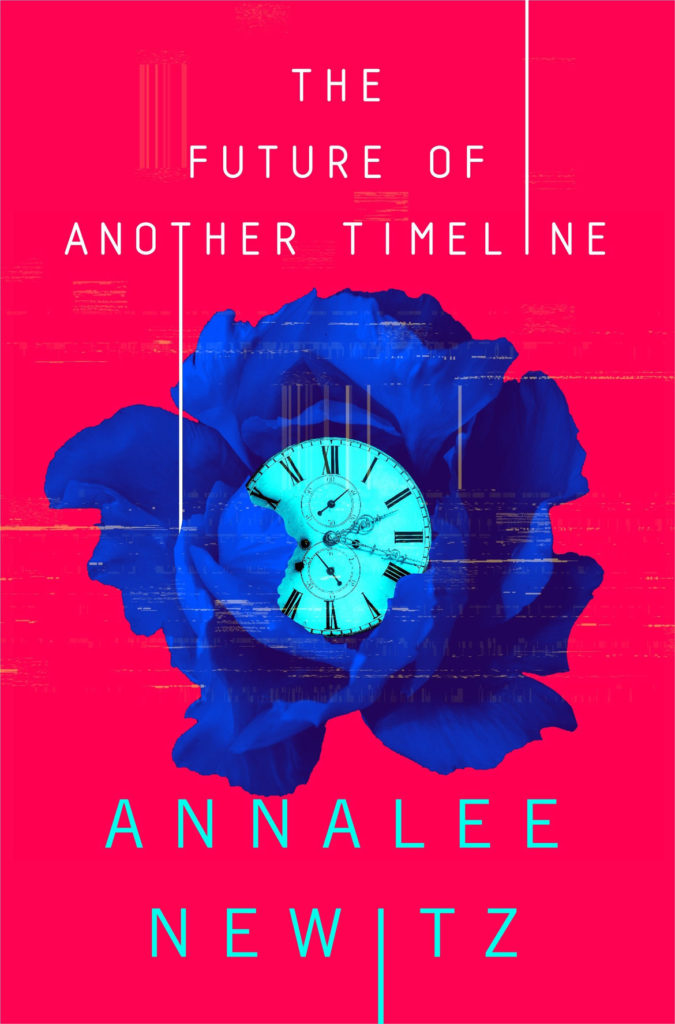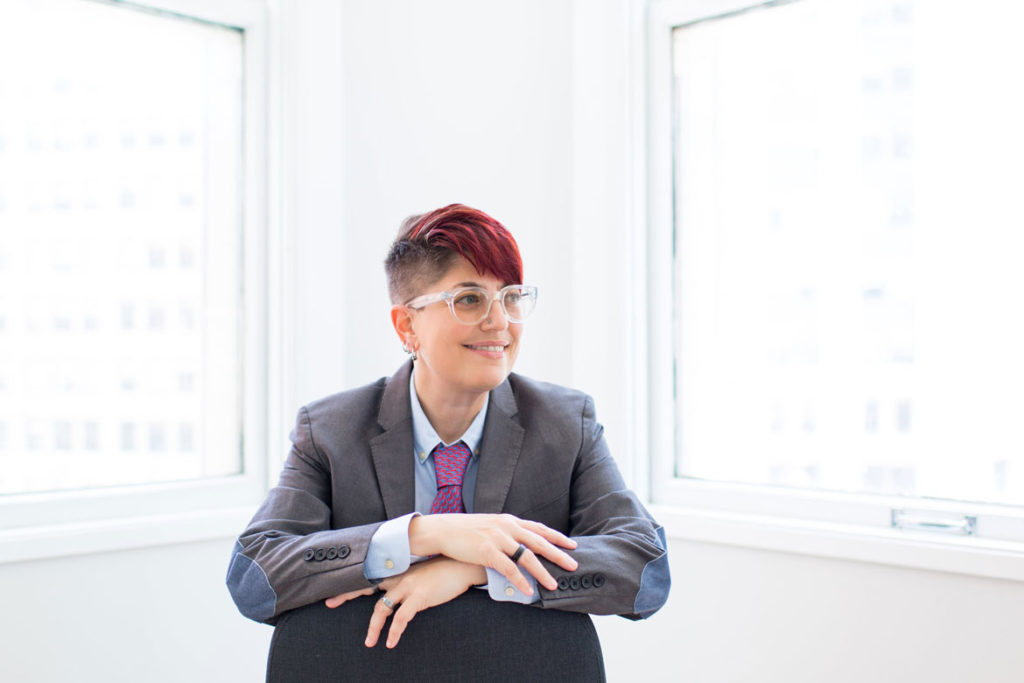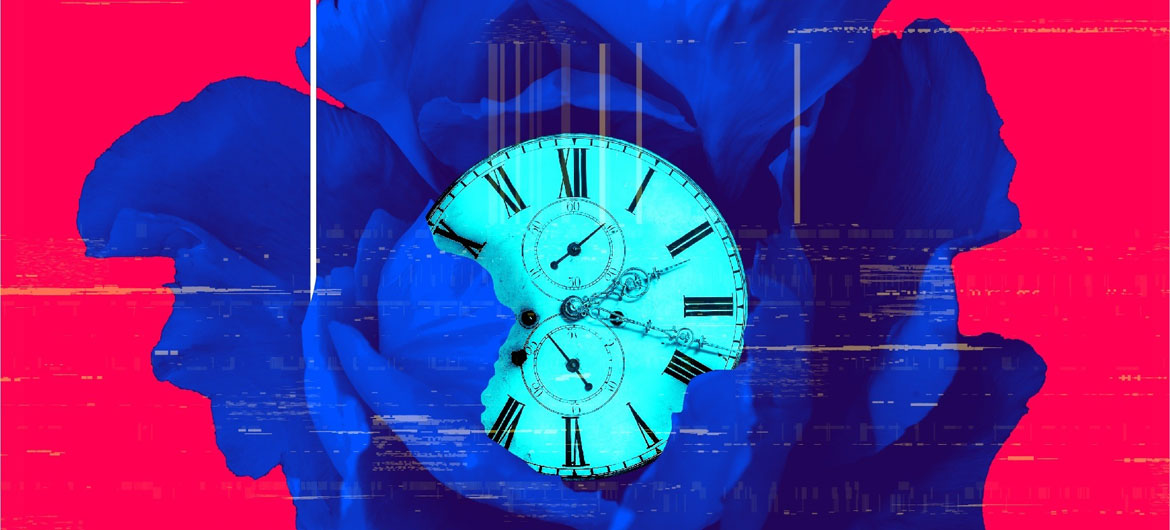Tess has time-traveled to 1992 to attend a riot grrrl concert at the start of Annalee Newitz’s new science fiction novel “The Future of Another Timeline” (Tor Books). She’s snuck back to muck around with her own past in an effort to head off the gory craziness that explodes when her teenage self and friends murder a date-raping boyfriend. Getting away with that crime of self-defense launches the clique on a string of vigilante murders of abusive men.
But Tess isn’t really supposed to be in 1992. She’s part of a time-traveling feminist collective called the Daughters of Harriet who are trying to fend off efforts by a time-traveling group of misogynists to lock-in a future in which women’s civil rights are throttled. In her own time, the United States of 2022, abortion is illegal and doctors are barred from providing information about birth control in most states. A traveler from the future arrives warning that things will get much, much worse for women if changes aren’t made.
When she’s in 1992, Tess is AWOL from her “real” mission, to travel back to 1893 Chicago to rally a group of burlesque dancers, working on the midway of Chicago’s Columbian Exposition world’s fair, against a popular moralizing misogynist who catalyzes a whole anti-women movement. Can Tess organize political actions that discredit his ideas enough to lock-in a major shift in the gender politics of the future?

“The Future of Another Timeline” arrives as part of an invigorating group of recent feminist reimaginings of science fiction and fantasy—Kelly Barnhill’s 2017 Newbury Medal-winning novel “The Girl Who Drank the Moon”; Naomi Alderman’s 2017 novel “The Power”; Katherine Arden’s 2017 book “The Bear and the Nightingale”; Naomi Novik’s 2018 novel “Spinning Silver.” In each book, grrrl power heroines battle the patriarchy—from domineering fathers to village elders to fairy tale deities.
Newitz’s book seems to build on Margaret Atwood’s 1985 dystopian novel “The Handmaid’s Tale.” With the popularity of the Hulu television series based on the book, the story has reemerged as a premonition of repressive forces on the rise. (Atwood herself just published a sequel titled “The Testaments.”)
Atwood has said she imagined world of “The Handmaid Tale” by spinning out the ultimate conclusion of existing misogynist practices. “In ‘The Handmaid’s Tale,’ nothing happens that the human races has not already done at some time in the past, or that it is not doing now, perhaps in other countries, or for which it has not yet developed the technology. … The projected trends on which my future society is based are already in motion,” Atwood wrote in her essay “Writing Utopia” in her 2005 nonfiction collection “Writing With Intent.” Newitz takes another spin with that idea here: What if American women couldn’t vote, what if abortion was never legalized?
“The Future of Another Timeline” is a thrilling page-turner, but it’s grim. It’s not an antidote to our timeline, with an abuser-in-chief in the U.S. White House and the forces of misogyny, bigotry and authoritarianism on the march. Tess’s successes feel tentative, easily undone. Instead, the book is a warning: Things could get worse, much worse. It gets you thinking about the changes we can make in our own time to improve our lives, our communities, our world, our future.
Previously: ‘The Handmaid’s Tale’: A Walking Tour Of The Novel’s Cambridge Settings
If this is the kind of coverage of arts, cultures and activisms you appreciate, please support Wonderland by contributing to Wonderland on Patreon. And sign up for our free, weekly newsletter so that you don’t miss any of our reporting.

